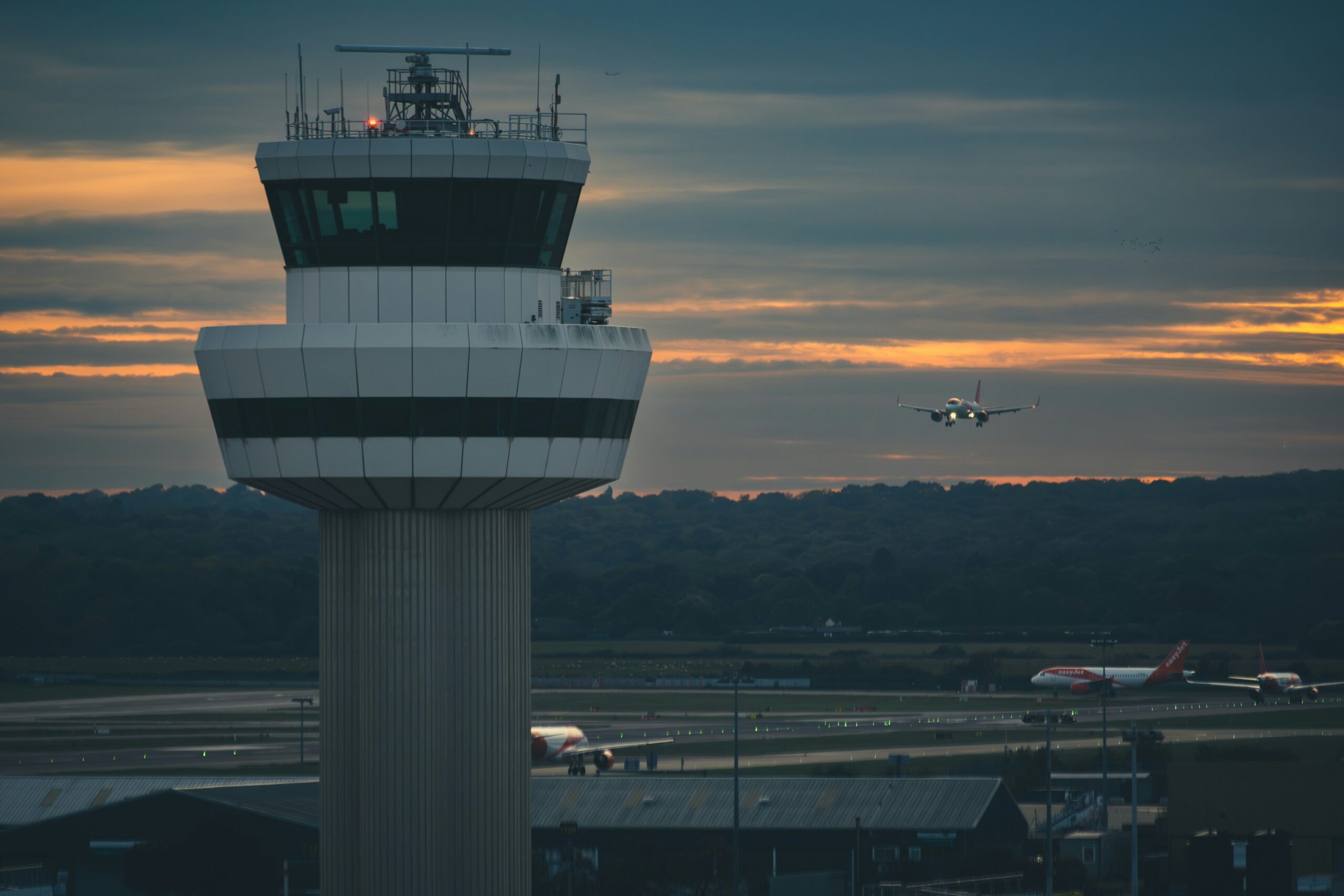Newark, NJ — Another air traffic radar outage at Newark Liberty International Airport has raised new concerns over the Federal Aviation Administration’s (FAA) ability to maintain reliable control systems amid growing stress on U.S. aviation infrastructure.
According to a statement from the FAA, the radar and communication blackout occurred at approximately 3:55 a.m. local time on Friday and lasted for about 90 seconds. The incident disrupted Philadelphia TRACON Area C, which manages aircraft in and out of Newark’s airspace.
“There was a telecommunications outage that impacted communications and radar display at Philadelphia TRACON Area C,” the FAA confirmed.
Audio from LiveATC.net captured the moment an air traffic controller relayed the failure to a FedEx flight:
“FedEx 1989, I’m going to hand you off here. Our scopes just went black again. If you care about this, contact your airline and try to get some pressure for them to fix this stuff.”
The pilot responded with concern but complied:
“Sorry to hear about that, FedEx 1989. I’m switching, good luck guys.”
Pattern of Failures
The outage is the second major incident within two weeks. On April 28, a similar failure at the same facility left controllers unable to track or communicate with aircraft. That event resulted in significant disruptions and at least five air traffic controllers taking trauma leave — a factor that contributed to more than 1,000 flight delays and cancellations, according to CNN’s earlier report.
While Friday’s early morning incident occurred during a period of light traffic, it reignited safety concerns. As of Friday evening, FlightAware reported 479 delays and 142 cancellations at Newark.
The FAA acknowledged continued staffing issues and published in its operations plan that aircraft flow was being managed due to “staffing constraints.”
Additionally, bad weather and ongoing runway construction further slowed traffic, compounding delays.
Federal Response and Oversight
On Thursday, the Department of Transportation unveiled plans to overhaul the nation’s aging air traffic control systems. Transportation Secretary Sean Duffy described the state of the current infrastructure as fragile.
“What we’re seeing through the system is, you know, hundreds of times a week, blips in connectivity — which is a sign that you’re seeing issues with your telecom,” Duffy told CNN.
In a report by Reuters, experts pointed out the repeated technical failures highlight deeper flaws within FAA systems. The report also indicated that internal warnings about the potential for disruption had been downplayed by the agency.
AP News also underscored longstanding deficiencies in the FAA’s readiness, stating the recent outages are “symptomatic of outdated infrastructure and underinvestment in air safety technologies.”

What’s Next?
While no injuries or major incidents were reported in Friday’s event, the FAA’s track record is now under more scrutiny than ever. Industry experts and lawmakers alike are calling for expedited reforms before these technical lapses lead to more serious consequences.
The Department of Transportation has promised further details on the overhaul plan in the coming weeks.




